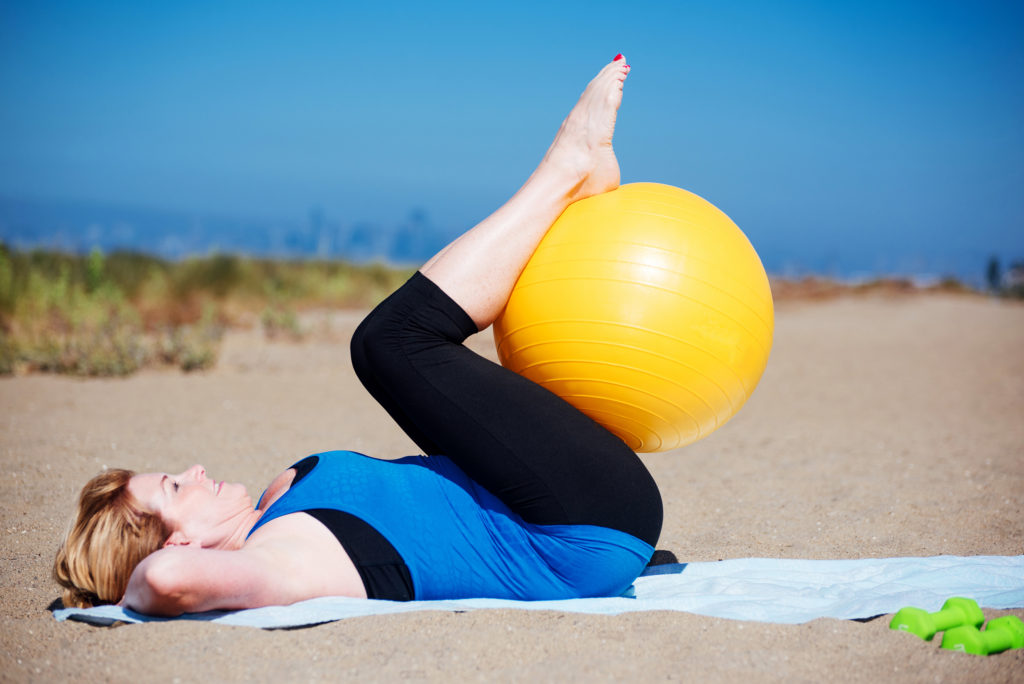Many people have been taught or led to believe that the only way to get exercise is through scheduled exercise sessions. This can be a little discouraging for people that struggle with finding enough time to dedicate to an exercise routine. Fortunately, exercise doesn’t need to be formal for it to benefit you.
It’s no secret that formal exercise is a great way to get your body moving. However, there are many ways to move more and sit less throughout your day without having to go to the gym. One of the best ways to keep your body moving throughout the day is to incorporate movement into your daily life and responsibilities. The technical term for this type of movement is non-exercise activity thermogenesis, or N.E.A.T.
Non-exercise activity thermogenesis includes the physical activity you perform outside of exercise, eating and sleeping. There are many N.E.A.T. activities that we already do that can count as exercise. Simple tasks such as raking leaves, physical labor, climbing stairs, and even fidgeting help us use our muscles and burn calories. These types of activity can help contribute to your overall health long term.
Research suggests that people who move throughout the day are more likely to reach and/or maintain their fitness goals versus those who sit throughout the day and then hit the gym for one exercise session. This doesn’t mean that you should give up on your exercise sessions. What it tells us is that the more we move throughout the day the better it is for us.
Most people spend the majority of their day at work. One way to move more and sit less is to incorporate non-exercise movement into your workday. Farming, construction and housekeeping trades are good examples of high N.E.A.T. jobs because they require quite a bit of movement. On the other hand, desk jobs usually require quite a bit of sitting. So how can you increase your N.E.A.T. during the workday? Here are some simple ways to incorporate more movement into your day:
Consider using your car less. If it’s possible, walk or bike to work instead of driving. The extra activity can boost your mood while allowing you to breathe the fresh air.
Schedule walking meetings. Take your business outdoors and boost your team’s creativity with a walking meeting. Walking is an effective way to expend energy, stimulate the brain, and connect with the rest of your team.
Stand up and take breaks. Give your eyes and body a break from the computer screen by doing things like filling up your water bottle, taking out your own trash and/or recycling, or checking in with your coworkers. This gives you a reason to get up and get some movement.
Take the stairs. This is an oldie but a goodie. Skip the elevator and take the stairs to keep your body moving throughout your day.
Stand instead of sit. Adjustable desks are becoming more popular in the workplace. My husband uses his standing desk for most of his workday. If these desks are not available to you, raise your work and/or devices to a podium or counter so you can stand periodically throughout your day. Resting heart rate is higher while standing so a standing work station offers more physical activity.
If you’re finding it difficult to get up from your desk while you are working, there are plenty of other ways you can incorporate movement into your day. Other examples of non exercise activity would be:
- Playing with your kids
- Doing yard work
- Grocery shopping
- Walking your dog
- Cleaning the house
- Running errands without your car
If you’d like to sit less and move more, think of one or two ideas that you can start with to weave movement into your day or week.
Accumulated physical activity throughout the week can add up and as a result contribute positively to your health and wellness. Every little bit counts!
Make it a great and active week!
Shared with love,
Jennifer



